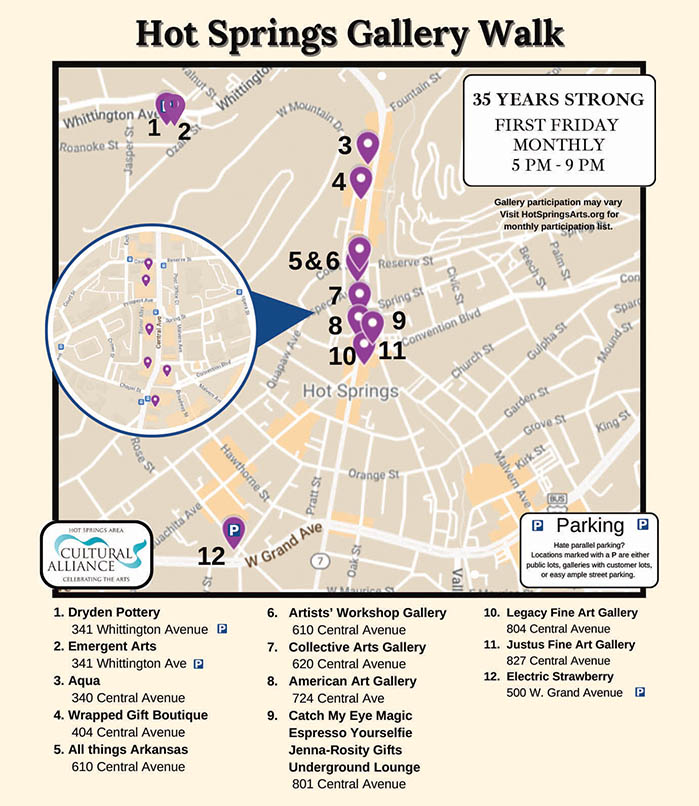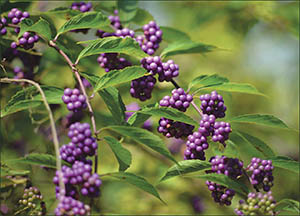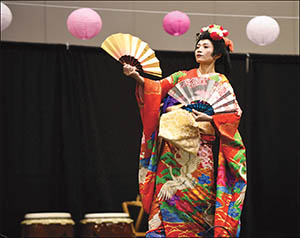Beautyberries have small, lavender-pink, lilac-like flowers in spring, followed by purple or white berries.
by Lin Johnson
The most asked question at Garvan Woodland Gardens in the fall is, “What is that plant with the purple berries?” The answer is, of course, the American Beautyberry. It is a deciduous shrub noted for its brightly colored, tightly clustered berries that remain on the bush into winter. It is a fast-growing deciduous shrub. Growing in the woodland setting of the garden, it can grow 4 to 8 feet tall and wide.
Beautyberries have small, lavender-pink, lilac-like flowers in spring, followed by purple or white berries. The berries attract birds, as well as provide winter color. Although the berries are edible, they aren’t the most desired food of birds and often hang on the bush into late winter. The foliage turns an attractive yellow in fall.
Plant in spring or fall, spacing plants 4 to 6 feet apart. Select a site with light shade or full sun and very well-drained soil. Avoid full shade, as this often decreases berry production. Dig a hole only as deep as the root ball and two to three times as wide. If your soil is in very poor condition, amend the soil you’ve removed from the hole with a small amount of compost. Otherwise, don’t amend it at all.
Carefully remove the plant from the container and set it in the hole. Fill the hole half full of soil, then water it well to settle the soil and eliminate air pockets. Let the water drain, then fill the remainder of the hole with soil and water thoroughly.
Beautyberries prefer at least an inch of rain (or equivalent watering) each week. They also can endure short periods of drought. Beautyberries generally don’t need pruning; the shrub has an open form, and branches naturally hang down when weighted with berries. The American Beautyberry typically has few pest problems.
Lin Johnson, a Garland County Horticulture Agent and GC Master Gardener, volunteers with GC Master Gardeners of the UofA Div. of Agriculture, Cooperative Ext. Service. Master Gardeners pool skills and resources to improve home horticulture, stimulate interest in plants and gardening, and encourage beautification. For more info, call 501-623-6841, email ashaffer@uada.edu, or visit FB: GarlandCountyMasterGardeners.









